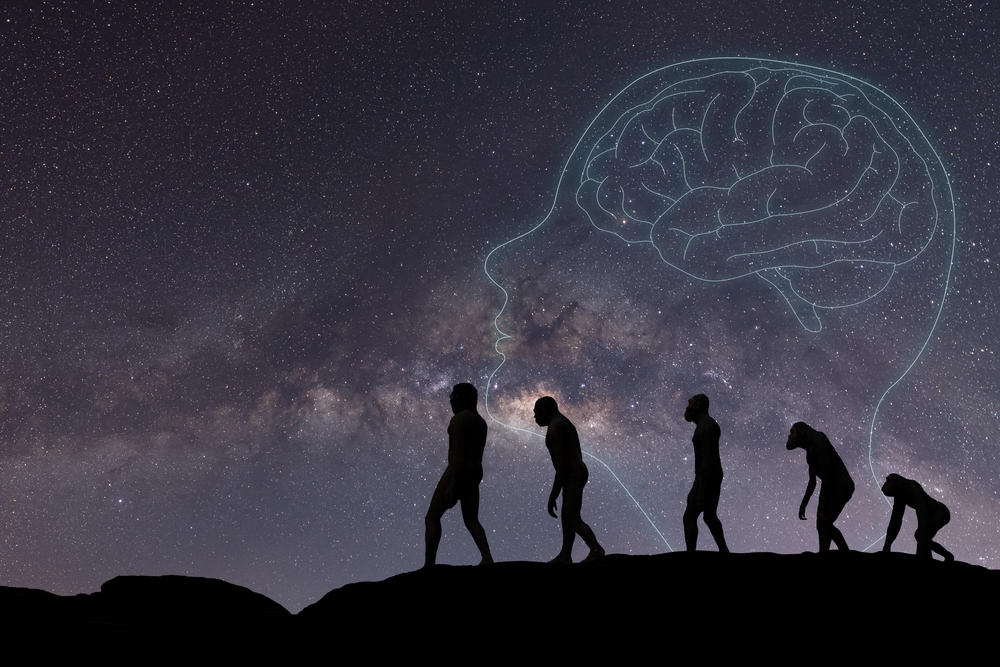
About 6 to 8 million years ago, deep in the rainforests of Africa, humans shared a distant ancestor with chimpanzees and bonobos. A lot has happened since then. We came down from the trees, stood upright, learned to hunt, found fire, and spread across the world. But how? How does human evolution actually work?
Toward the end of the Miocene—a geologic epoch that occurred 23 to 5.3 million years ago—humans began to differentiate as their own distinctive primate from a common ancestor shared with other primates. We know it happened in East and Central Africa in Ethiopia, Chad and Kenya, and we think our first known common ancestor was Sahelanthropus tchadensis. It has also been suggested that it may have been the first species to walk upright.
Read more: The 2 million year old human family tree
How did humans evolve?
Like plate tectonics, human evolution allows for big changes, but it takes time. This happens when slight changes occur in our genetic material over a long period of time. Changes can also occur in the ratio of genes that make up our DNA, or mutations in genes that can occur due to human evolution. Gene expression, or how genetic changes affect behavior and physical makeup, can also drive the evolution of a species.
The changes in our DNA are small from one generation to the next, but they lead to big changes over time. A sporadic mutation, for example, can be passed from one generation to the next until it spreads through the family tree. One way of human evolution is through natural selection, where certain traits that contribute to successful survival are passed on to the next generation. These changes may first occur as mutations, but the more they occur within the gene pool, the more often the trait is inherited.
An example of evolution in humans
Human height is a great example. Homo habilis is an early human species that lived about 2.3 million years ago. He was much shorter, averaging 4 feet tall. Its height meant it was too small to survive without living in trees, as evidenced by its thick fingers and long arms used for climbing. Over time, and with access to bone marrow extracted from animals, his brain grew and so did his appearance.
Homo erectus, which lived 1.8 million years ago, was about 4.8 feet tall, the first species to hunt and the first to live on land. It lost its fur to survive the heat of the African savanna and then spread across the globe. Homo erectus too uses fire more often, which made it easier to digest meat and allowed more energy for brain growth. It took almost a million years before changes in the chemical molecules we call genes caused significant changes in the DNA of both species.
Read more: The genetic mutation that plagued Beethoven
Will humans continue to evolve?
After almost a million years, Homo erectus disappeared and made way for modern humans or Homo sapiens. They were about the same height as us with similar intelligence. They hunted with the composite spear and in groups, which allowed them to pursue the apex predators that would have hunted them in the early days.
Human evolution dates back long before humans were even human. It began billions of years ago when the Earth was developing. We are built on the DNA of the species that came before us, and then mutations and changes have grown on top of that. We are still evolving today to stay alive on our changing planet, which we will continue to do as long as humans survive and thrive on Earth.
Read more: How similar are humans and apes?

